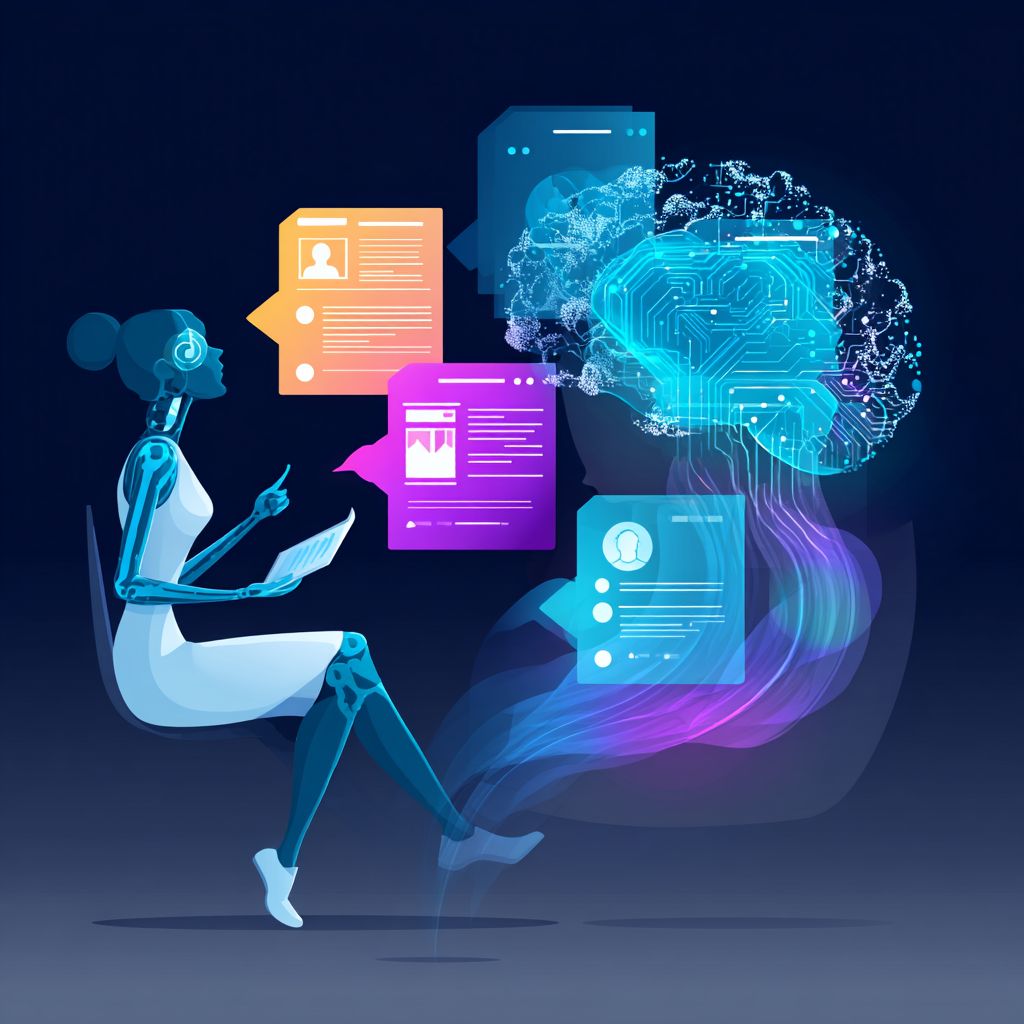
When it comes to brain health, timing isn’t just important—it’s everything. A recent breakthrough in England demonstrates just how transformative artificial intelligence can be when speed and accuracy mean the difference between life-long disability and meaningful recovery.
The NHS has introduced an AI-powered tool across all 107 stroke centres in England that can analyze CT scans in under a minute. By instantly identifying the type and severity of a stroke, doctors can make treatment decisions faster and more confidently. The results are remarkable: treatment time dropped from an average of 140 minutes to 79 minutes, and the proportion of patients recovering with little or no disability nearly tripled—from 16% to 48% (The Guardian, 2025).
Why Therapists Should Pay Attention
While most of us don’t work in emergency rooms, the lesson here applies powerfully to our field: the earlier the intervention, the better the outcome. Just as “time is brain” in stroke care, time is potential in developmental therapy.
For children with speech delays, autism spectrum disorder (ASD), ADHD, or dyslexia, early intervention is proven to reshape developmental trajectories. Research consistently shows that children who receive targeted therapy early demonstrate stronger communication, social, and learning outcomes compared to those who start later. In swallowing therapy, catching a feeding issue before it escalates can prevent hospitalizations and improve nutritional health.
AI’s success in stroke care reminds us of two things:
- Timeliness transforms outcomes. Rapid intervention can dramatically shift the recovery curve.
- AI can act as a trusted assistant—not a replacement. The NHS system doesn’t decide treatment on its own. Instead, it supports doctors by giving them information faster and more clearly.
Drawing Parallels for Therapy
Imagine an AI assistant that quickly analyzes a child’s speech sample and highlights phonological processes or syntactic errors in minutes—leaving the therapist more time for direct intervention. Or a system that alerts you when a client’s attention patterns, logged across sessions, suggest the need for a strategy change.
Like the NHS stroke tool, these systems wouldn’t “do therapy” for us—but they could give us insights faster, allowing us to act at the moment it matters most.
Ethical Integration: Guardrails We Need
The NHS model also teaches us about safe integration: AI works with clinicians, not instead of them. For therapy, this means:
- Accuracy first. Does the tool reflect validated, evidence-based approaches?
- Human oversight. AI should support—but never replace—the therapist’s expertise, intuition, and empathy.
- Transparency. Clients and families deserve to know when AI has been used in creating therapy plans or assessments.
Takeaway Toolkit: “Timely AI Use in Therapy”
Here are four reflective questions to guide safe, effective use of AI in your practice:
- Does this tool provide me with information that saves time without replacing my judgment?
- Can I verify its outputs against trusted, evidence-based sources?
- Am I transparent with clients about when and how I’ve used AI?
- Does it allow me to spend more time in direct, human connection during therapy?
Final Thoughts
The NHS story is inspiring—not just because of its immediate life-saving impact, but because it paints a picture of how AI and clinicians can work together. For us in therapy, the lesson is clear: when interventions happen sooner, lives change more profoundly. With AI as a partner, not a substitute, we may be able to bring timely support to even more clients who need it.
